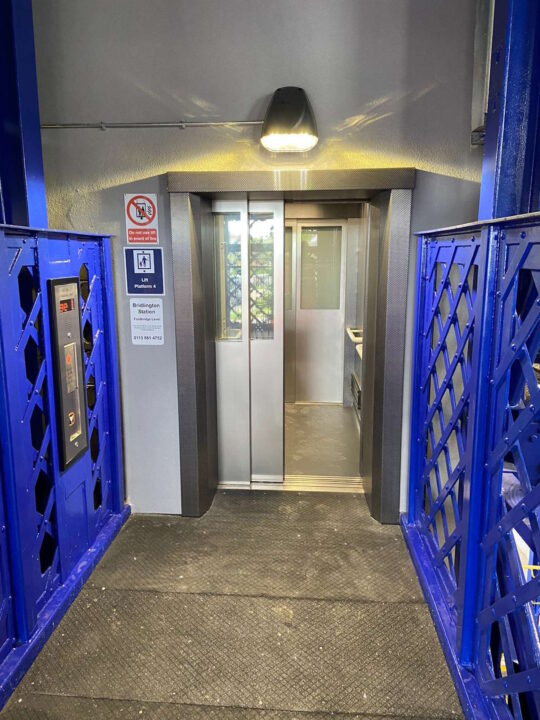The construction of the Rasht-Astara railway, in northwestern Iran, is one of the key missing pieces of the International North-South Transport Corridor. Despite new initiatives being announced, some uncertainties remain as the route of the line has not yet been outlined.
Concerning the new initiatives, Russia and Iran recently agreed to implement sliding wheel sets to facilitate the gauge change in Astara, on the Iranian-Azerbaijani border. The Russian and Azerbaijani railway networks are equipped with the broad gauge (1520 mm), while Iran uses the standard gauge (1435 mm).
By introducing sliding wheelsets, there would be no need for reloading terminals in Astara. In other words, this would allow trains to run directly from St. Petersburg, in Russia, to the Iranian port of Bandar Abbas without having to reload the cargo. This project is being developed by the Russian Scientific Research Institute for Rail Transportation.
Rasht-Astara’s final look remains unknown
Despite the various projects being announced, however, the actual construction of the Rasht-Astara railway remains somewhat of a wild card. At the end of 2023, Iranian officials claimed that construction could start in early 2024, but no stone has been laid as of yet. The main prerequisites to be met before construction can start are geodetic, design and survey work. However, it seems that Iran is only willing to allow these processes to be carried out on just 20 per cent of the route, roughly 30 kilometres.
Until these initiatives are carried out across the whole area which will be covered by the new line, no contract can be signed for construction, as a representative of the Russian Ministry of Transport said to Russian media RZD Partner. This means that the specific route that the new line will follow cannot yet be drafted. Russia and Iran recently finalised an agreement concerning the financing for the construction of the Rasht-Astara railway, which envisioned Russia picking up most of the costs.
